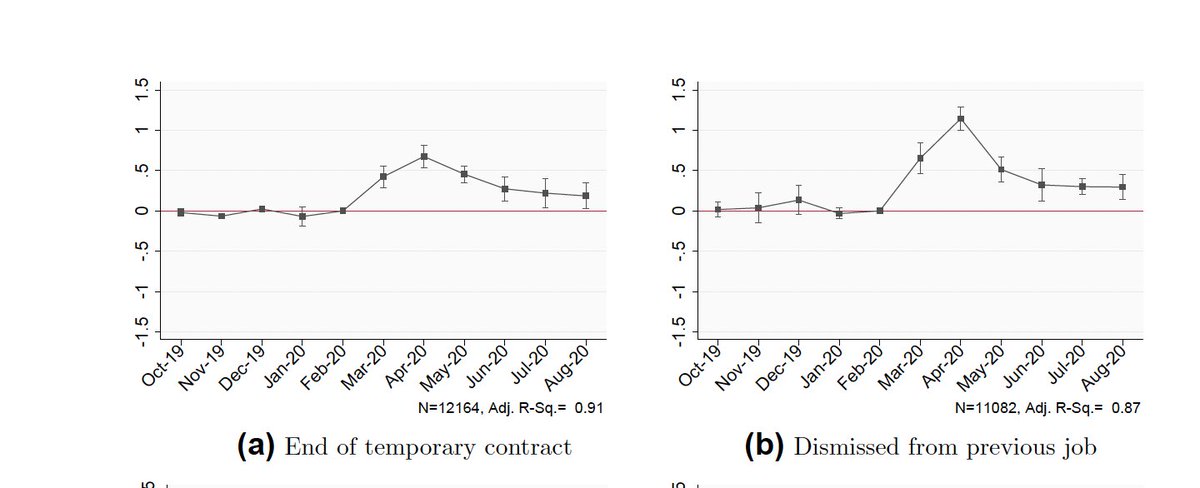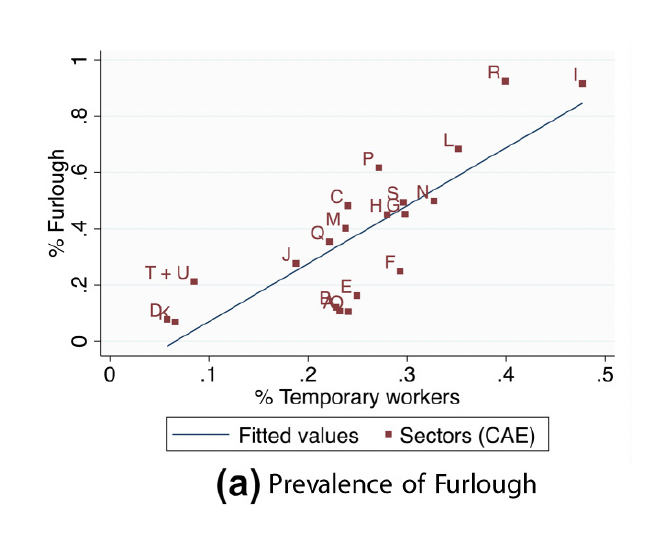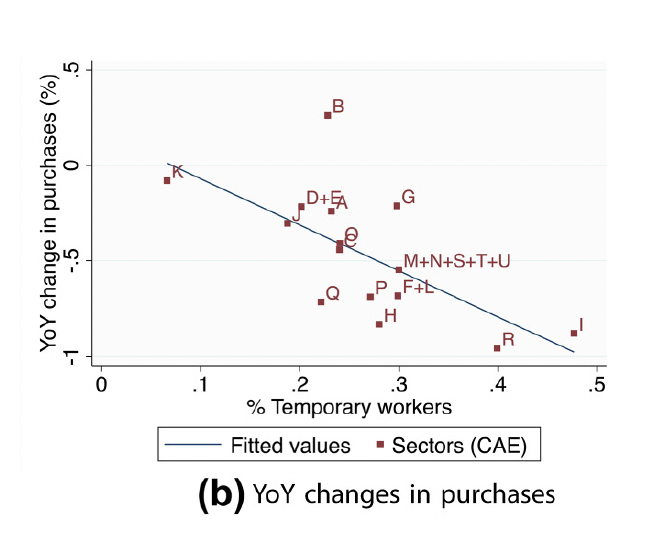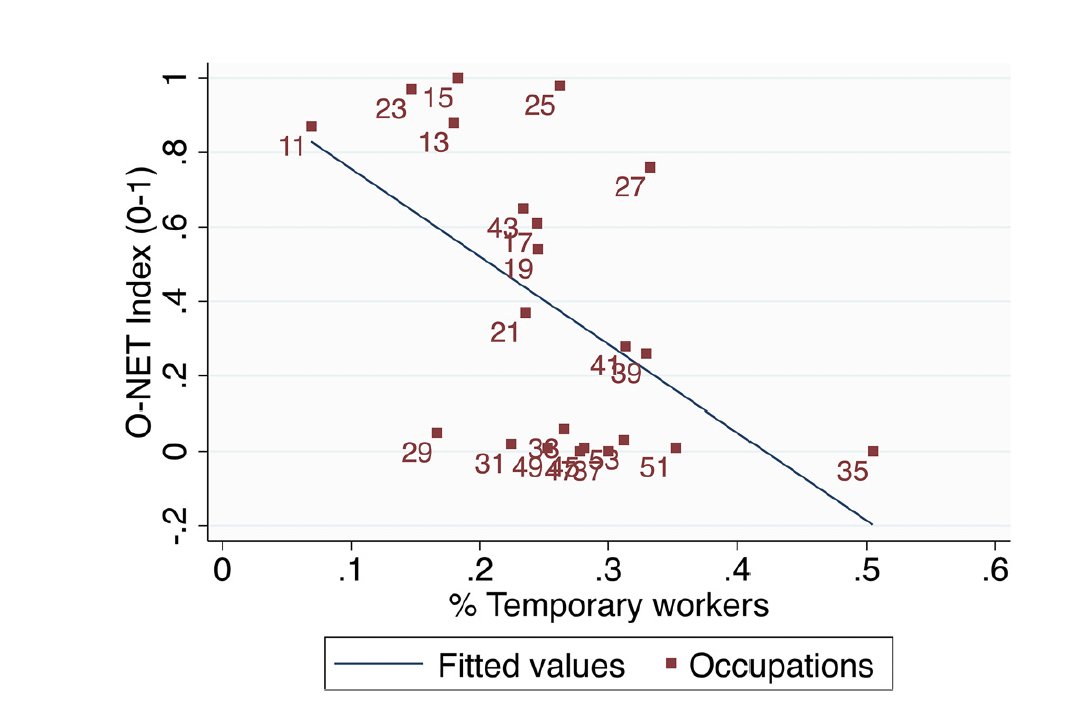
🚨I am glad that our paper:
"Failing Young and Temporary Workers? The Impact of a Disruptive Crisis on a Dual Labour Market"
joint with @JPSantos_econ, @speraltalisboa, Carolina Nunes and José Tavares is available at BEJEAP. #EconTwitter 🧵👇 (1/8)
degruyter.com/document/doi/1…
"Failing Young and Temporary Workers? The Impact of a Disruptive Crisis on a Dual Labour Market"
joint with @JPSantos_econ, @speraltalisboa, Carolina Nunes and José Tavares is available at BEJEAP. #EconTwitter 🧵👇 (1/8)
degruyter.com/document/doi/1…
We show that, even with the sizeable coverage of the furlough scheme in PT:
👉unemployment (registrations in public employment offices) increased
👉new job placements decreased during the first months of the pandemic. (2/8)
👉unemployment (registrations in public employment offices) increased
👉new job placements decreased during the first months of the pandemic. (2/8)

The dual nature of the Portuguese labour market played a key role:
👉unemployment increased more municipalities with higher share of temporary workers;
👉increases in registrations are mostly driven from individuals whose temporary contract was not renewed and by dismissals (3/8)
👉unemployment increased more municipalities with higher share of temporary workers;
👉increases in registrations are mostly driven from individuals whose temporary contract was not renewed and by dismissals (3/8)

Heterogeneity analysis shows:
👉females got fewer new job placements;
👉unemployment increased more for younger people (<34yo) and middle educated (lower and upper secondary);
👉all effects are amplified in municipalities with larger share of temporary workers; (4/8)
👉females got fewer new job placements;
👉unemployment increased more for younger people (<34yo) and middle educated (lower and upper secondary);
👉all effects are amplified in municipalities with larger share of temporary workers; (4/8)
We discuss how three mechanisms concur in explaining the results:
👉 Furlough schemes more prevalent in sectors with high % of temporary workers. Firms could not dismiss workers but no restrictions on temporary contract termination. (5/8)
👉 Furlough schemes more prevalent in sectors with high % of temporary workers. Firms could not dismiss workers but no restrictions on temporary contract termination. (5/8)

👉Sectors more affected by the crisis (larger contraction of purchases with electronic cards in April 2020) have a larger % of temporary workers (6/8) 

👉Occupations more amenable to remote work are dominated by permanent contracts. Thus, more-at-risk jobs are performed by temporary workers, easier to dismiss. (7/8) 

👉Analysis combines event studies and (triple) dif-in-dif, using municipal level data of registrations in public unemployment offices in Portugal (IEFP).
👉(main) 🚨Policy implication🚨: Beware of public policies that accentuate worker asymmetries in a dual labour market
(8/8)
👉(main) 🚨Policy implication🚨: Beware of public policies that accentuate worker asymmetries in a dual labour market
(8/8)
• • •
Missing some Tweet in this thread? You can try to
force a refresh




